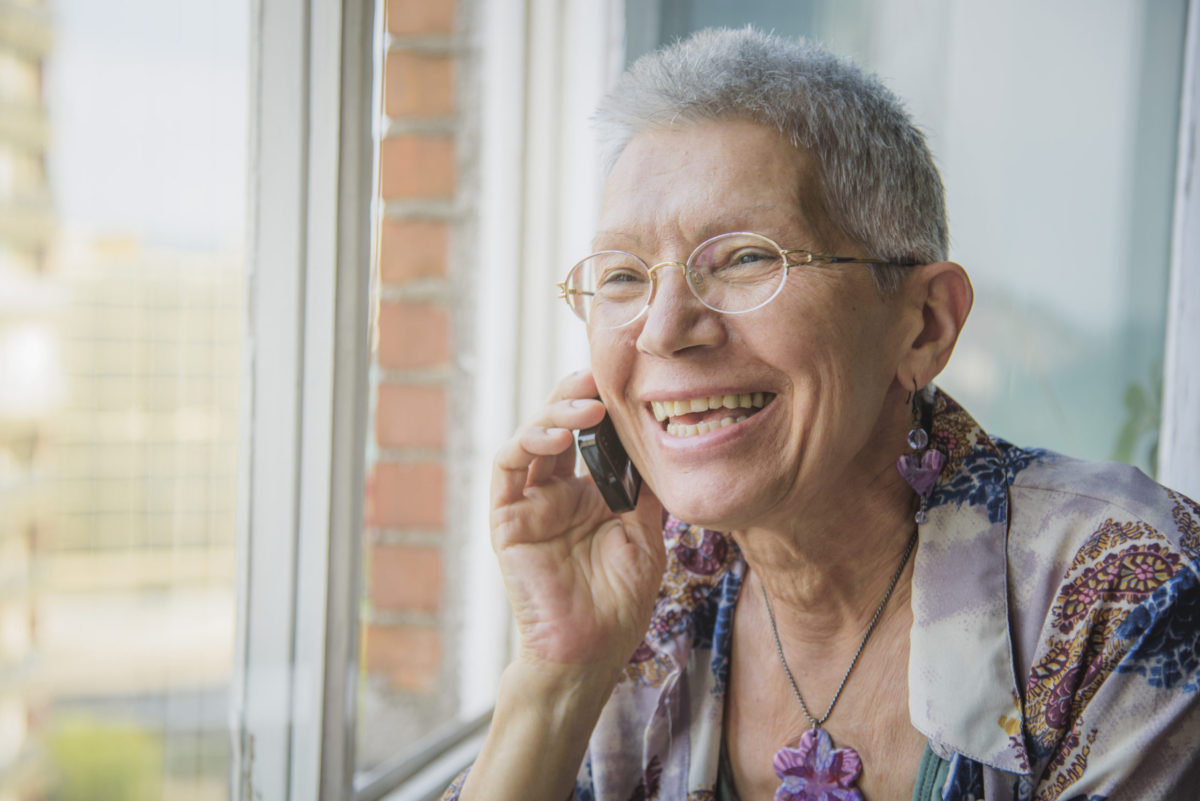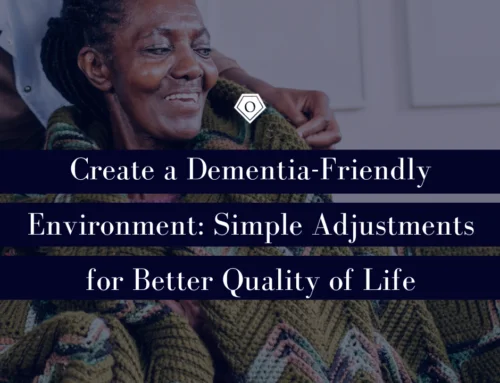Do you live in a different city or state than a loved one who needs care?
Long-distance caregiving can feel like an uphill battle. Between traveling and changing needs, it can be hard to know if your loved one is receiving the assistance they need. Plus, elderly loved ones aren’t always forthright about the care they need.
- Include local people on your care team.
- Reassess needs frequently
- Be realistic about what you can do from a distance
- Use technology
When caregiving for a loved one from a distance, it’s critical to get someone local on your team. You need eyes and ears on the ground! An elderly loved one may only be communicating a piece of the puzzle. Someone local, like home care professionals, can report changes and evolving needs that might not be evident from afar.
As we age, changes to health can happen quickly. The flu can be deadly, and falls are more likely to cause hospital stays. It is critical to continually evaluate your loved one’s home for safety, and ensure they are keeping up with doctor’s visits to make sure they remain healthy.
It’s important to realize you can’t do it all. Many long-distance caregivers work five days a week and then travel on weekends to be with loved ones. Eventually, the grueling schedule takes its toll. Crazy schedules take us back to step one. Someone who is locally caring for your loved one can step in when you are burnt out or when a loved one needs care during a time frame you can’t provide.
While home care is often the missing element in long-distance caregiving, so is technology! Amazon Prime can ensure your loved one receives regular deliveries for pantry items, groceries, and more. Cameras and motion sensors can ensure safety, video chat can prevent loneliness, and smart-home systems can even remotely lock doors.
You are not alone in the caregiving process. Home care offers peace of mind, necessary assistance, and personalized medical care for changing needs.






